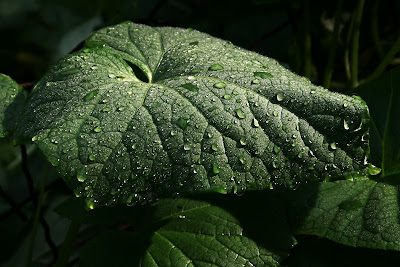Wednesday, November 7, 2012
Oh, Good it is Cloudy Today.
Wednesday, September 5, 2012
Capture the Golden Light of Sunset and Sunrise


The average person does not pay much attention to light, but photographers develop a sensitivity to the quality of light. For outdoor photography the "magic hour" is hour hour before sunset and one hour after sunrise. The sun at that time of day is not directly overhead and so it creates long shadows. The light is also not as bright and has a slight yellow cast.
Sunday, July 29, 2012
RTFM Where is My Owner’s Manual?
HERE IS A LINK TO A SHORT VIDEO ABOUT F-STOPS:
http://youtu.be/FBJLg77daP8
Tuesday, June 19, 2012
F-stops, Apertures and Lenses: a Lesson with Jon Wason
Follow this link for a 9 minute video:
http://youtu.be/FBJLg77daP8
Saturday, April 14, 2012
Celebrities Are People, too



Sunday, February 19, 2012
Why Would I Need Filters On My Lens?
by Jon Wason copyright 2012
There are several reasons to use a filter. Serious film shooters usually have a several filters in their camera bag. But with the widespread transition to digital cameras, the use of filters has waned because the after capture processing done in a computer may often accomplish the same results. A dropdown menu in Adobe Photoshop can perform wonders with an image.
However, there is one important thing that a circular piece of glass can do for you: protect your expensive lens from windblown dust, splashed liquids and blunt force impact with the floor. Replacing a cracked, dented or shattered UV filter is a lot cheaper than buying a new lens. A skylight filter is basically a clear glass but it protects your investment. A UV filter is a bit more than just glass; it filters some of the ultra violet rays and can slightly enhance the colors of your images.
The use of either a skylight filter or a UV filter is a wise choice and after taking the baby step you may want to delve deeper into the wonderful world of filters by adding a polarizer filter to your line up of equipment. A polarizer is sort of like sunglasses for your camera but better. This filter has the effect sifting multidirectional light beams into a tidy collection of light that is uniform. This is great for capturing bold blue skies. Another use is eliminating reflections, especially on surface water or glass such as the windshield of a car. The most useful polarizer filter can be rotated into the best position once mounted on the lens. These are called circular polarizer filters. If you want a dramatic sky in your photo, point the camera at about a 45 to 90 degree angle from the sun. Then slightly rotate the polarizer until you get the effect that suits you best. Linear polarizers are a bit lower in cost but cannot do this. One little parlor trick you can perform with two polarizer filters is to stack one in front of the other and rotate it. At a certain point the two polarizers cancel each other out and block all the light. Impressive.
Neutral density filters are used by digital photographers and film photographers. This is a filter that reduces the amount of light that enters the camera. This is desirable when a long exposure is required such as a photo of a mountain stream with blurred out details denoting fast moving water.
There are a variety of special effects filters. One is a star filter that creates a pleasing twinkle when photographing the flame of a candle or sunlight reflecting off a lake. The soft focus filter is a favorite of portrait photographers. It can create a dreamlike effect or reduce the detail of a wrinkled face.
Soft focus
Photographers who shoot black and white film can use color filters to control which parts of the light spectrum enter the camera and expose the film. For instance a red filter can bring out the green tones in an image.
Filters are yet another creative tool for photographers.










